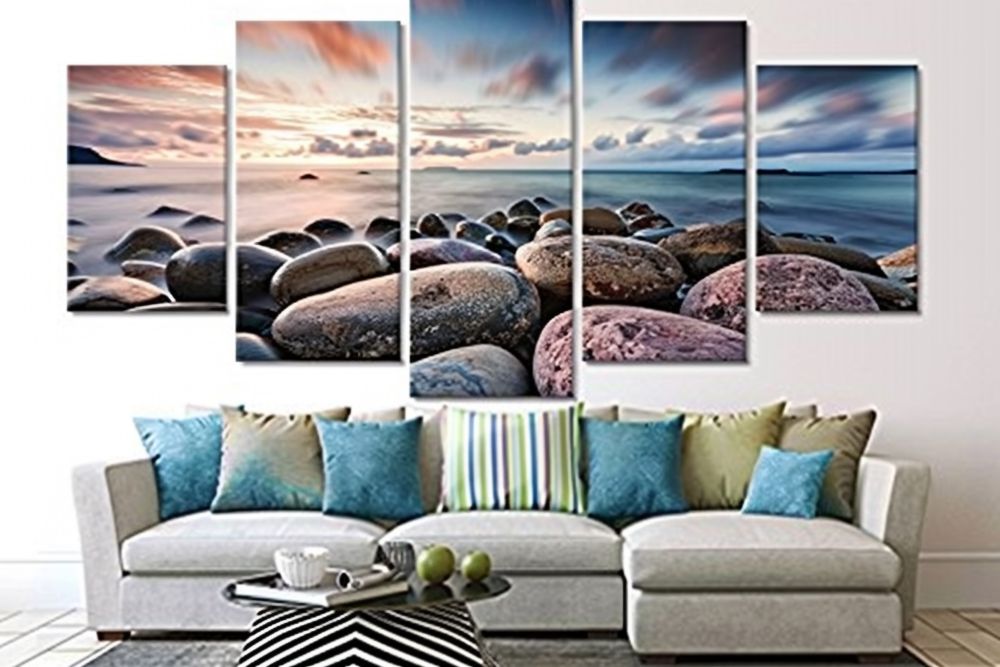The Art Cartoon Revival: Why It’s Trending Again
Cartoon art is experiencing a renaissance, with audiences young and old rediscovering the magic of hand-drawn animation, vibrant storytelling, and nostalgic aesthetics. From bold outlines and expressive character designs to heartfelt narratives, the world of animation is circling back to its roots. The shift is evident across streaming platforms, social media, and even major studios, all embracing a return to tradition while infusing modern innovation.
So, why is cartoon art making a comeback? What’s driving the renewed fascination with old-school techniques and classic storytelling? Let’s explore the key reasons behind the revival of animated art and why it’s more relevant than ever.
The Nostalgia Factor: Revisiting the Golden Era
Nostalgia is a powerful force. In an era dominated by digital precision and hyper-realistic CGI, many animation lovers crave the imperfect yet charming aesthetic of traditional cartoons. The hand-drawn lines, exaggerated expressions, and vibrant colors evoke childhood memories, bringing a sense of warmth and familiarity.
Platforms like Netflix, Disney+, and HBO Max have tapped into this longing by reintroducing beloved series from past decades. Shows like Looney Tunes Cartoons, DuckTales, and Animaniacs have all made triumphant returns, proving that old-school cartoons return not just as a novelty but as a lasting trend.
Additionally, independent artists and animators have embraced this wave, creating original works that channel the spirit of retro animation while pushing artistic boundaries. The result? A seamless blend of past and present that captivates both longtime fans and new audiences.
Classic Aesthetics Meet Modern Technology
While classic hand-drawn animation once faced decline due to the efficiency of CGI, modern technology is now making it easier than ever to revive traditional techniques. Digital tools like Procreate, Toon Boom Harmony, and TVPaint allow animators to create fluid, expressive movement without the labor-intensive process of drawing frame by frame on paper.
Studios have also adopted hybrid animation styles, combining hand-drawn elements with digital enhancements. The success of Spider-Man: Into the Spider-Verse and The Cuphead Show! has shown that audiences appreciate the artistry of hand-crafted visuals, even in a digital age. This innovative approach reinforces why classic styles are trending—they offer a visually distinct experience that stands out in a sea of uniform CGI productions.
The Rise of Indie and Artistic Animation
One of the most exciting aspects of the revival of animated art is the rise of independent and experimental animation. Unlike the blockbuster-driven industry of the past, today’s artists have access to affordable tools, crowdfunding platforms, and social media, allowing them to create and distribute their work with unprecedented freedom.
Indie animations such as Over the Garden Wall, Primal, and Hilda have embraced traditional aesthetics while delivering fresh, thought-provoking storytelling. These shows prove that cartoons are more than just entertainment—they are a legitimate artistic medium capable of conveying deep emotions, social commentary, and unique perspectives.
Additionally, online platforms like YouTube, TikTok, and Instagram have become breeding grounds for modern animators who draw inspiration from the past. Whether it’s short animated loops, web series, or hand-drawn GIFs, the accessibility of animation has fueled an explosion of creativity.
Storytelling That Resonates Across Generations
At its core, the resurgence of art cartoons is also driven by storytelling. While modern CGI films often prioritize spectacle, hand-drawn animation has a timeless quality that places character-driven narratives at the forefront. Shows and films that utilize traditional animation tend to emphasize emotion, humor, and creativity in ways that feel more personal and engaging.
Series like Gravity Falls, Rick and Morty, and The Owl House have embraced elements of traditional cartooning while crafting layered, intricate storylines that appeal to both kids and adults. The ability to blend humor, adventure, and meaningful themes has contributed to cartoon art making a comeback, proving that the medium is far from outdated.
The Cultural Shift Towards Authenticity and Artistry
In an era where audiences are increasingly drawn to authenticity and craftsmanship, traditional animation offers a refreshing alternative to the over-polished aesthetics of mainstream CGI. Hand-drawn and stylized cartoons feel more personal, expressive, and artistically rich, which resonates with a growing movement toward appreciating handmade artistry in all forms.
Moreover, as global cultures continue to embrace diverse storytelling, traditional animation allows for stylistic flexibility that can adapt to different cultural influences. Shows inspired by Japanese anime, European illustration styles, and vintage American animation have gained massive followings, reinforcing the idea that old-school cartoons return not just for nostalgia, but for their artistic depth.
The Future of Traditional Animation
With streaming platforms, independent animators, and major studios embracing the resurgence of hand-drawn animation, the future of the medium looks bright. While CGI will always have its place, the unique charm of traditional cartoons is proving to be irreplaceable.
The next generation of animators is already experimenting with hybrid styles, blending classic techniques with modern technology to create something entirely new. Whether it’s reviving beloved franchises or crafting original masterpieces, the revival of animated art is here to stay.
As audiences continue to crave more personal, expressive, and artistically rich storytelling, the return of traditional animation is not just a trend—it’s a movement. And with the endless possibilities of artistic exploration, one thing is certain: the golden age of cartoons isn’t behind us. It’s happening right now.

